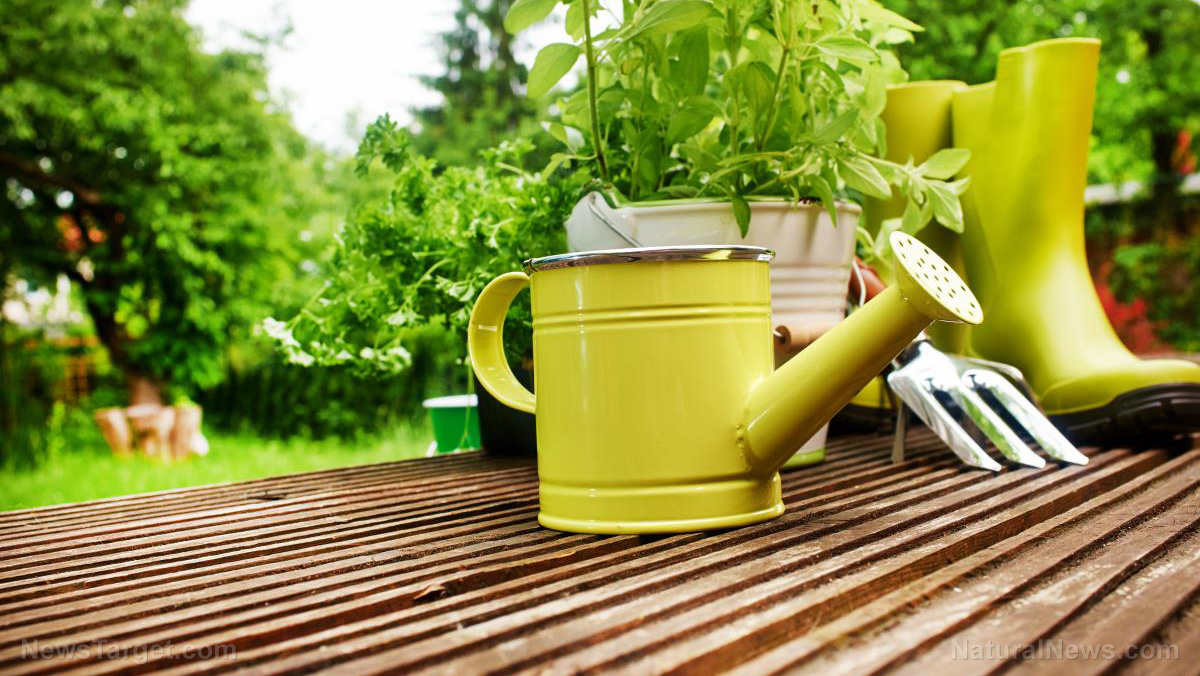Home gardening basics: When should you plant fruit trees?
11/10/2020 / By Virgilio Marin

Your location determines many of your gardening habits. It directly affects what and when to plant, as well as how to grow a fruit tree. If you’re new to home gardening, you first need to know your location’s hardiness zone.
The Department of Agriculture‘s Hardiness Zone Map divides the U.S. and Canada into 13 zones. Zone 1 is located northernmost of the region while Zone 13 is located southernmost. On average, each zone is 10 degrees warmer or colder in the winter than the zone next to it.
Once you’ve determined your location’s hardiness zone, take a look at the two following planting seasons. (h/t to HomesteadAdvisor.com)
Colder zones 1 to 7: Spring
Homesteaders up north are better off planting fruit trees in the spring. The ground has thawed out and days have grown longer. Fruit trees will have enough time to grow roots and mature before winter.
You have a lot of options on what fruit trees to grow as most plants grow well when planted during spring. Moreover, it’s easier to obtain seeds or young plants during this time than any other season. In fact, many nurseries and garden stores only offer seeds and seed starting equipment in the springtime.
Spring planting is even more critical if you’re planting bare-root trees. These trees don’t have much of a root system and are not much more than a stick. As such, they have a more difficult time “taking hold” and starting the growing process than a potted tree.
Warmer zones 8 to 13: Fall
Homesteaders in the south will be better served by planting fruit trees in the fall. Fall planting allows the soil to pack around the roots of the fruit tree and seal it up from the air. Otherwise, roots exposed to air will be “pruned.” This means that the roots self-cauterize and stop growing.
A good root system is the lifeblood of a tree. The more roots are growing and the longer the roots become, the better-off the tree will be. That said, water is also essential to keep the roots growing. It seals the soil around the roots and prevents any air from entering the soil. As the fall provides lots of moisture, you don’t need to water your fruit tree as often as in the summer or fall.
Keep in mind, however, that fall planting is not without its drawbacks. As the winter approaches, rodents and rabbits will be going on a feeding frenzy to tide them over till the end of winter. Therefore, freshly planted trees are more prone to damage by critters.
You can, however, use a tree wrap or a tree trunk bark protector. These contraptions need to be taller than your trees so bigger animals like deer cannot reach through.
Alternatively, you can plant in the spring. The conditions are temperate and plants and trees have just blossomed. Critters are less likely to chew on a tree than during the winter.
However, if summer early comes early, a tree planted in the spring might only have a month or so to settle in and grow roots. The tree is going to need more moisture, so you need to water it more often. (Related: Homesteader tips: 5 Ways to extend your gardening season.)
In sum, if the soil in your backyard freezes by Thanksgiving, you should plant in the spring. If it freezes well after that or if it doesn’t freeze at all, you should plant in the fall. Remember this home gardening rule to properly grow your fruit trees.
Sources include:
Submit a correction >>
Tagged Under:
climate, environment, fall planting, growing fruit trees, hardiness zone, home gardening, home gardening basics, homesteading, planting season, pruning, spring planting, Tree Planting, trees
This article may contain statements that reflect the opinion of the author
RECENT NEWS & ARTICLES
OrganicFarming.News is a fact-based public education website published by Organic Farming News Features, LLC.
All content copyright © 2018 by Organic Farming News Features, LLC.
Contact Us with Tips or Corrections
All trademarks, registered trademarks and servicemarks mentioned on this site are the property of their respective owners.





















